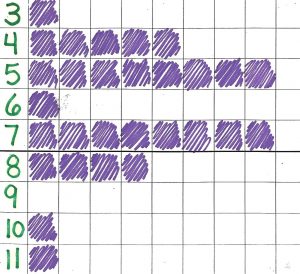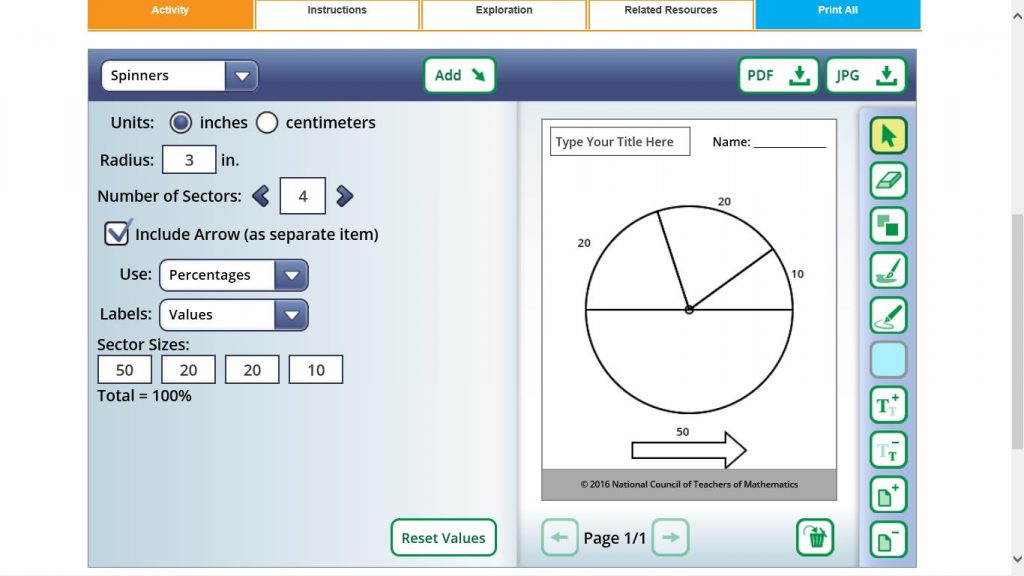by Cindy Elkins, OK Math and Reading Lady
In Part 1, I focused on subitizing practice during your meeting time (for PreK-1st grade classes). This week I will focus on days of the week and graphing opportunities.
Days of the Week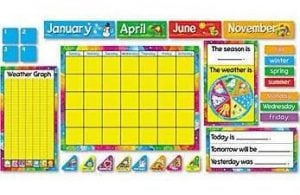
- Rather than posting the whole month at once, post the current date piece each day. Show different ways to write the date (in words, with numbers).
- Discuss the day before and the day after.
- Find the day (Monday, Tuesday, etc.). Sing a song or watch a video about the days of the week and months. See list below.
- Use the number as a focus for the day: If today is the 5th, let’s look at dot cards with 5, ten frames with 5, dice with 5, count to 5, count backward from 5, tally of 5, spelled form, and number bonds of 5.
- Consider making patterns with your calendar pieces. For example, September could be red apple, green apple, red apple, green apple . . . for an AB pattern. October could be pumpkin, pumpkin, ghost for an AAB pattern. Or use different colors or shapes (circle, square . . .). Or make patterns based on odd / even numbers, counting by 3’s, 4’s . . . the possibilities are endless.
- Discuss the pattern, predict what will be next once the pattern is established.
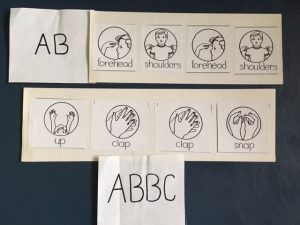 Introduce clap patterns which match your chosen calendar pattern. If you are working on AB, then do clap, snap . . . If you are working on ABC patterns, do clap, snap, touch your knees . . . Have children make up patterns to follow.
Introduce clap patterns which match your chosen calendar pattern. If you are working on AB, then do clap, snap . . . If you are working on ABC patterns, do clap, snap, touch your knees . . . Have children make up patterns to follow. - If you have an upcoming activity, predict what the date will be. Example: We are going to the library in 3 days. Today is Monday, so when is our library day?
- After the calendar is mostly complete for the month, you can emphasize ordinal numbers. Model how to find the first Friday, the second Tuesday, the third Wednesday, etc. Then have students practice.
- Consider having a student in charge of the calendar each week as one of the class jobs. This student would post the new calendar piece and then get to lead the class in saying the date and other features of the daily calendar.
Days of the week / months songs (Click on link to go there fast!)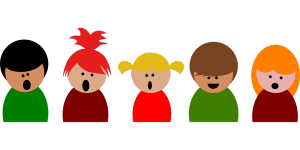
https://www.youtube.com/watch?v=3tx0rvuXIRg (Learning Station)
https://www.youtube.com/watch?v=yIvQOab00OQ (To Adams Family tune)
https://www.youtube.com/watch?v=5enDRrWyXaw (Months)
Graphing Ideas: The calendar board is a great place to introduce graphing or review it on a regular basis. You can make graphs or charts using bars, tallies, yes/no, or Venn diagrams. Continue reading

